Replacing weeds with wildflowers
beardsarebeautiful
2 years ago
Featured Answer
Sort by:Oldest
Comments (13)
beardsarebeautiful
2 years agoJeb zone 5
2 years agolast modified: 2 years agoRelated Discussions
Weed or Wildflower?
Comments (9)Thank you for the caution, well received, but this sample was brought to me for identification by a young friend who found it growing on the side of a road during one of her walks. Unfortunately, however, I've been physically unable to properly care for my once-lovely lawn in more than ten years, so Mother Nature has gradually replaced it with free plants she deems more suited to the area. She must be right, for the multitudes of noxious weeds grow with abandon, without any loving care from me. (Indeed, the plant I submitted may be among the crowds!)...See MoreIs this a wildflower or weed?
Comments (4)A weed is anything growing where you don't want it. So...we can't say if it's a weed or not. It is likely wild lettuce, which one could say is a wildflower. The photo is so blown out, that I can't be sure of my id though....See MoreWildflower or weed?
Comments (3)Oh! Just like the one I posted the other day in a completely different part of the property! Sorry for being so unobservant....See MoreWildflower or weed in damp area
Comments (1)It's an Epilobium, maybe one of the common weedy ones....See Morenickel_kg
2 years agoChristopher CNC
2 years agoken_adrian Adrian MI cold Z5
2 years agoSigrid
2 years agolaceyvail 6A, WV
2 years agocearbhaill (zone 6b Eastern Kentucky)
2 years agoSigrid
2 years agobeardsarebeautiful
2 years agolynne3450
2 years agokatob Z6ish, NE Pa
2 years ago
Related Stories

GARDENING GUIDESWhat’s in a Name? See 6 Wildflowers That Aren’t ‘Weeds’ at All
Dispel the stereotypes of weeds and try these wildlife-supporting native wildflowers in your garden
Full Story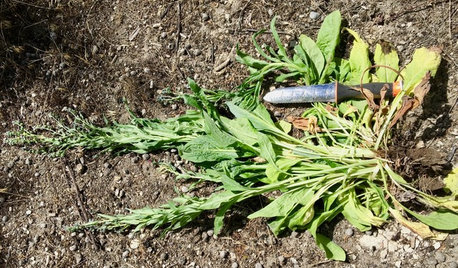
GARDENING GUIDESZen Weeding: The Smart Way to Weed Your Garden
Be mindful about keeping weeds from taking hold in your yard by knowing when and how to get rid of each type
Full Story
GREAT HOME PROJECTSHow to Replace Your Lawn With a Garden
New project for a new year: Lose the turfgrass for energy savings, wildlife friendliness and lower maintenance
Full Story
EDIBLE GARDENSNatural Ways to Get Rid of Weeds in Your Garden
Use these techniques to help prevent the spread of weeds and to learn about your soil
Full Story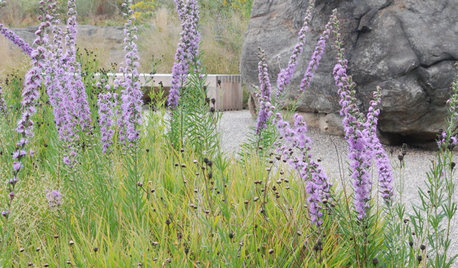
GARDENING GUIDESNative Wildflowers for the August Transition Into Fall
Keep the garden colorful with these stalwart perennials
Full Story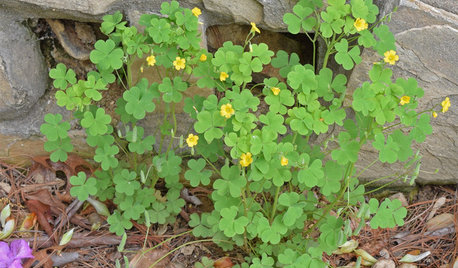
GARDENING GUIDESWhat Your Weeds May Be Trying to Tell You
An invasion of weeds can reveal something about your soil. Here’s what is going on and what to do about it
Full Story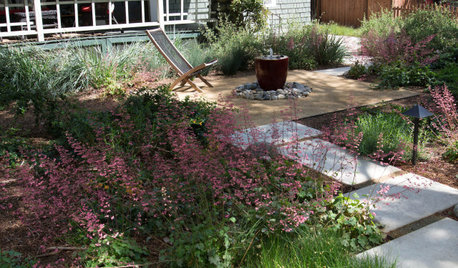
GARDENING GUIDESHow to Have Your Own Mini Wildflower Meadow in the City
These 3 tips will help you find the right plants for the right place to create an appealing garden
Full Story
WINTER GARDENING10 Native Wildflowers to Beautify Your Winter Garden
They stand strong in wind, feed wildlife and are easy to grow. But you may want to add these plants for their looks alone
Full Story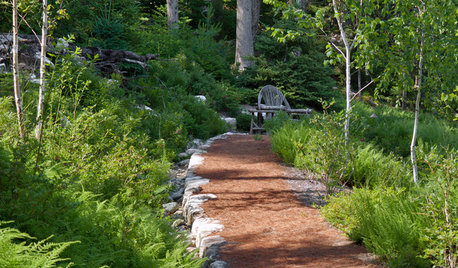
GARDENING GUIDES5 Things to Know About Weeding and Mulching Your Native Garden
What’s the best time to pull weeds? How thick should the mulch be? Here’s the scoop for a healthy landscape
Full Story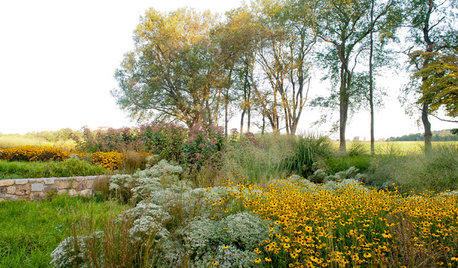
GARDENING GUIDES10 Essential Wildflowers for the U.S. Central Plains
Focusing on prairie wildflowers supports the most wildlife in a low-maintenance Plains landscape
Full Story


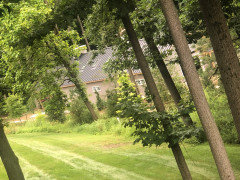

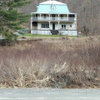



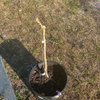
Jay 6a Chicago